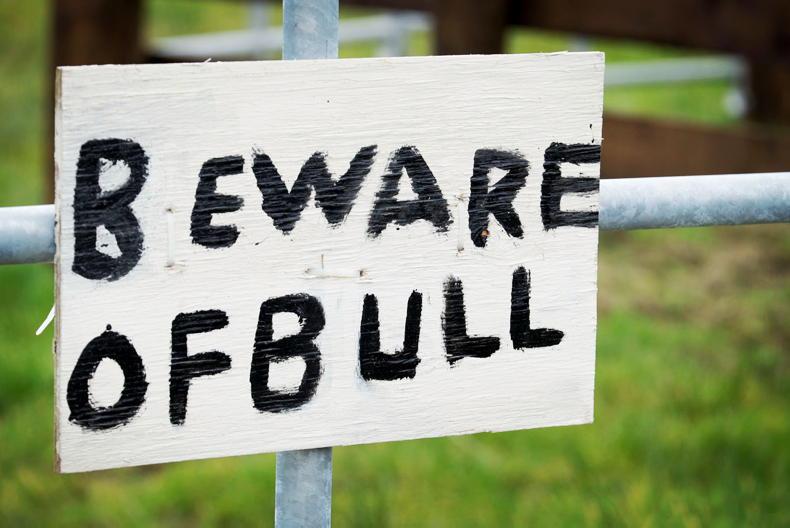Farming hasn’t fared well in recent years in terms of workplace fatalities and accidents.
Ireland’s farming industry makes up a small percentage of the total workforce in Ireland, however it has one of the highest fatality rates among workers in the sector.
The farm is a vulnerable place for young and old, and as most farms in Ireland are small family farms, they tend to have children or older people in attendance.
Fatal farm accidents over the last 10 years
The last 10 years have seen a total of 210 deaths on farms and in forestry, with 43% of these deaths occurring from tractors. The largest factor in the deaths caused by tractors was the machine itself driving over or rolling over, second only to the tractor overturning.
The second highest cause of death was due to livestock, which was mostly attributed to attacks from cows and bulls.
In 2020, there were 20 farming workplace related deaths recorded with the Health and Safety Authority (HSA) –six of these deaths occurred to people aged between 17 and 64, and the other 10 deaths were minors or children and farmers aged over 65 years of age.
Figure 2 represents these figures in comparison to the graph over 10 years (Fig 1).
Farm related deaths since 2015
In the past five years, going on 2020 figures, the death rate in Ireland on farms has fluctuated quite a bit, with 2017 showing the highest number of farm-related deaths and 2018 showing the lowest.
While 2019 and 2020 have seen a stabilisation in the figures, considering the size of our industry the death toll is still too high. Teagasc is aiming for zero deaths on farms this year, but we can see from Figure 3 that we are still a bit away from this.
Where are we headed?
According to the HSA’s last updated figures on workplace fatalities in Ireland, the agricultural sector had just three deaths this year up to 6 July. This is a positive sign that we are moving towards a reduction in numbers, with six months of the year gone by and much fewer deaths compared to previous years.
However, it has to be said that we are in the busiest machinery time of the year at present, where more accidents have been proven to happen with tractors and machinery.
Teagasc’s aim for zero farm fatalities in 2021 may not have happened, but so far it is on track to make an impact on the number of fatalities occurring and hopefully in the future we can all be witness to a year with no fatalities and where farms can be considered a reasonably safe workplace.
Although the goal of having zero fatalities wasn’t met, some would say there was a realistic drop in one year from 19 deaths in 2020. In terms of advertising and promoting, it is easier to promote zero deaths than half the number of workplace deaths.
At present, this is working, and hopefully we will have reduced the number of deaths on our farms dramatically in 2021 compared to the last five years.
In order for us to keep these numbers on a downward trend, we all need to be more vigilant on farms.
This means we must look out for any hazards and record or fix them as soon as possible, try to keep children and older farmers off farm where big volumes of work are occurring, or dangerous jobs are taking place with livestock etc.
Currently, farms are legally required to have a completed risk assessment on-farm, which must be up-to-date. This is a brilliant tool for farmers to learn where the risks are on their farm and how to rectify them before an accident occurs.
A farm risk assessment booklet is available from the HSA and is very user-friendly and easy to fill out.
For those modern farmers who know their way around a computer, there is an online version that is easier to update and you can have a printout if necessary.
This is available at www.farmsafely.com, where a simple registration process is all that is needed to have access to your farm risk assessment booklet 24/7.
A farm safety statement is also available online and in order to fill it out, a risk assessment must be carried out first.
To some, these measures may seem unnecessary for farms. However, if you study the annual statistics, you will see that many accidents can be prevented and by carrying out risk assessments regularly, you will help reduce the accidents on farms throughout the country.






 This is a subscriber-only article
This is a subscriber-only article










SHARING OPTIONS: